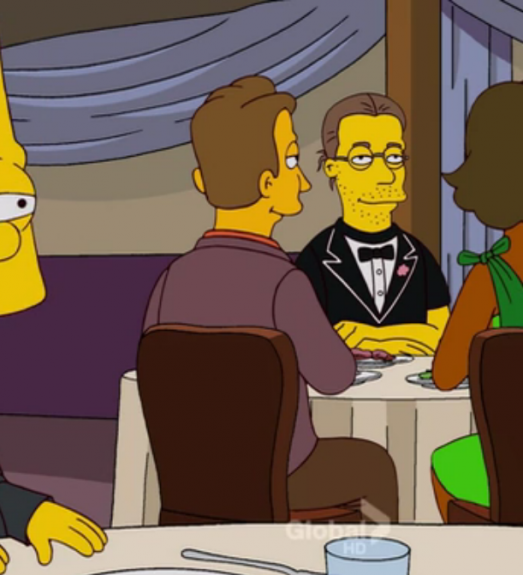Dress Codes and Etiquette, Part 3: The Death of the Dinner Jacket on Open Water
Are the days of wearing just a tuxedo t-shirt just over the horizon?
/https://tf-cmsv2-smithsonianmag-media.s3.amazonaws.com/filer/201212030350151950s_-caronia_restaurant_470.jpg)
As the sun dips below the ocean’s horizon on a cruise ship, swimsuits and flip-flops give way to the evening’s dictated dress code. Depending on the cruise, that means suits or tuxedos for men and formal gowns or cocktail dresses for women. The dining room code, in contrast to the informality elsewhere on the ship, is a relic of another time.
Ship dining rooms were formal from the start, at the beginning of the 20th century. They reflected the lavish lifestyle that their wealthy transatlantic passengers enjoyed on land and the attire that was typical when high society dined at home. Men wore black tie and women donned floor-length gowns and jewels.
As the cruise industry expanded its reach to the middle class, and vacationing on a boat became accessible to the masses, the practice of formal dining was maintained. No matter that wearing a tux to supper wasn’t a normal way of life on land; on a ship, it was meant to make the vacationer feel transported to the upper echelons of society. Pop culture acknowledged it, too: ”The Love Boat,” a kitschy early -’80s television show from which a generation’s cruise wear assumptions were derived, kept the formal look alive (while keeping bow ties oversized and hair feathered). Season 9 of “Murder, She Wrote” had a Caribbean cruise murder mystery episode in 1993, with Angela Lansbury donning her dinnertime finest.
These days, dress codes on cruise ships have loosened somewhat. Many cruises no longer require formal attire nightly. Dinner attire is often classified as formal, informal or casual (or optional dress, but that’s another story). With our increasingly casual culture (pajamas on a plane?), it’s remarkable that these oversized floating amusement parks for kids and adults alike have retained such a vestige from the past.

“The Simpsons” interprets David Foster Wallace’s account from” A Supposedly Fun Thing I’ll Never Do Again” of wearing a tuxedo shirt to a formal dinner on a cruise.
In the footnotes of his essay that’s critical of cruise ships, A Supposedly Fun Thing I’ll Never Do Again, David Foster Wallace implores readers to bring formalwear on a cruise after he did not heed the cruise’s dress code and suffered the consequences:
I … decided in advance that the idea of Formalwear on a tropical vacation was absurd, and I steadfastly refused to buy or rent a tux and go through the hassle of trying to figure out how even to pack it. I was both right and wrong: yes, the Formalwear thing is absurd, but since every Nadirite except me went ahead and dressed up in absurd Formalwear on Formal nights, I—having, of course, ironically enough spurned a tux precisely because of absurdity-considerations—was the one who ends up looking absurd.
If David Foster Wallace or the Simpsons or the shift toward casual dress permeating all other aspects of our lives have anything to do with it, it won’t be long before the only tuxedo jacket worn on a cruise will be one that’s printed on a T-shirt.
Read Parts 1 and 2 of Threaded’s Dress Codes and Etiquette series.
/https://tf-cmsv2-smithsonianmag-media.s3.amazonaws.com/accounts/headshot/emily-spivack-240.jpg)


/https://tf-cmsv2-smithsonianmag-media.s3.amazonaws.com/accounts/headshot/emily-spivack-240.jpg)